Elementary

Our Elementary years give children the chance to explore the world with wonder, as they move, explore, create and learn together.
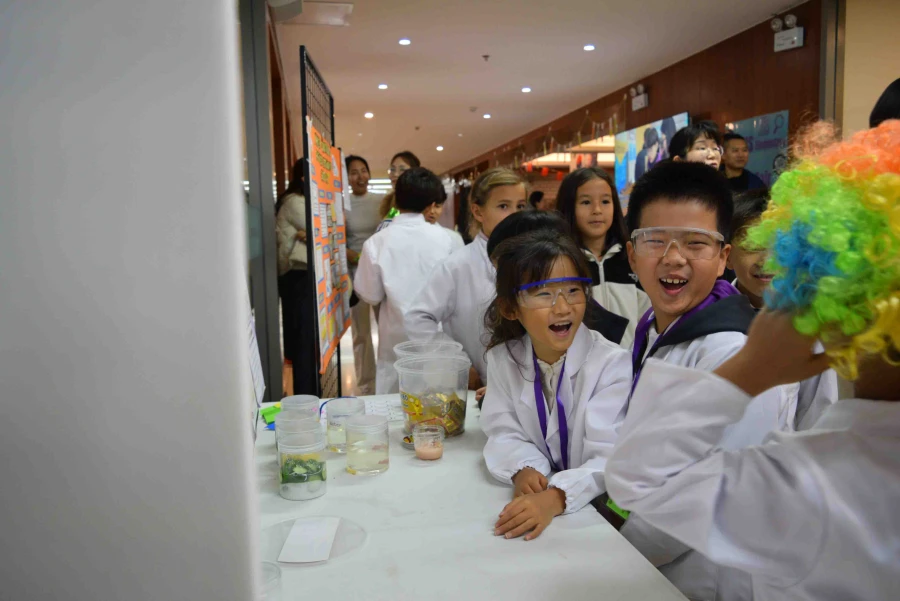
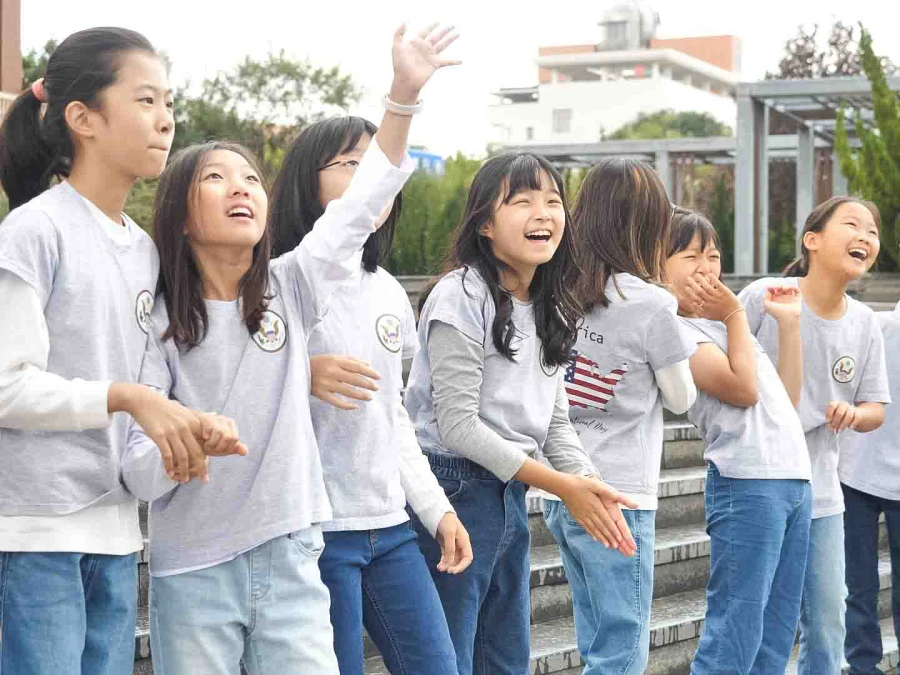
A warm welcome from our Principal

Welcome to Elementary School at Yantai Huasheng International School!
The goal of elementary at Yantai Huasheng is for children to have the opportunity to develop and grow emotionally, academically, socially, physically and spiritually. The elementary classrooms are staffed with a lead teacher and an associate teacher, ensuring that each student receives the individualized attention and care needed for success. Thematic units, which incorporate several subject areas increase interest and understanding by drawing from real world and real-life connections. These units build an international perspective by centering around a variety of geographical and historical themes.
Whether through our inquiry-based science curriculum or thematic social studies units, students are being prepared to become lifelong learners. Art, music, and PE classes all have specialized teachers with age-appropriate standards-based curriculum, which helps ensure that our students are experiencing a meaningful education outside of the regular core curriculum.
Students in Elementary may choose to get involved after school in fine arts and sports-related activities, giving them a chance to explore other areas of interest and develop additional skills in a safe and encouraging environment.
Warmly
Andy Lasiewicz
ECC + Elementary Principal
Bringing the curriculum to life
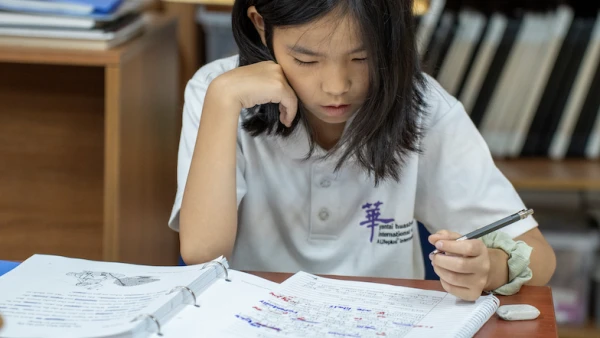
Language arts
In our elementary program, language arts instruction aims to inspire joyful reading, learning, self-expression, and confident speaking. We use the Daily 5 format, emphasizing intentional teaching and practice to enhance reading and writing. Students choose from five components daily: Read to Self, Work on Writing, Word Work, Read to Someone, and Listening to Reading.
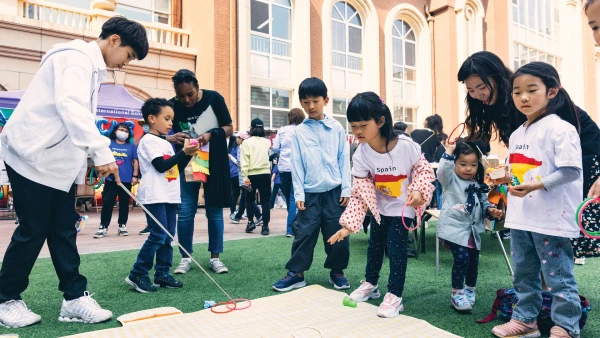
History and social studies
Our 1–5 social studies curriculum cultivates informed citizens. It starts with personal connections and expands to local and global awareness, encompassing geography, economics, and citizenship. Students explore diverse cultures and public service before delving into American history, from early migration to the 20th Century.
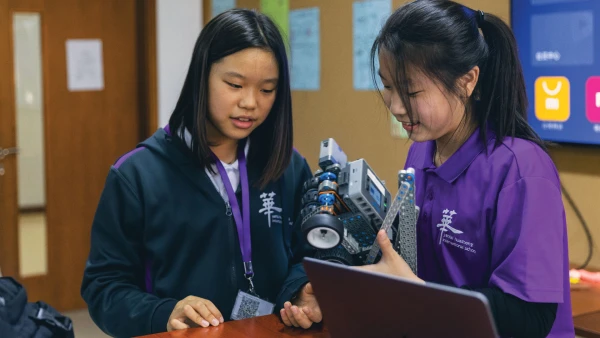
Science
Similar to social studies, our science curriculum guides students through expanding circles of understanding. Through hands-on exploration, they learn about life science, physical science and earth science. We emphasize engineering, encouraging experimentation and creative application of scientific concepts.
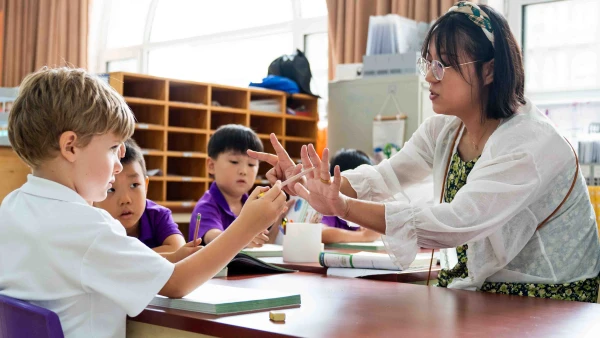
Math
Our math curriculum fosters progressive mathematical growth. Students build on their understanding through metacognitive problem-solving strategies, grasping both concepts and learning processes. Across grades, six core content strands include numbers, operations, measurement and data, geometry, patterns, functions and algebra.
Student experiences
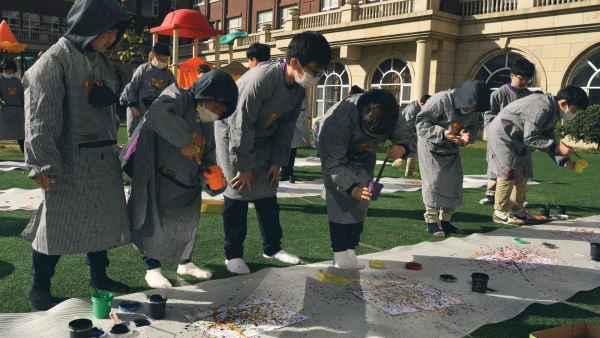
Learning beyond lessons
The best learning is active and engaged. It can be found in ordinary places. Take our open gym nights or our elementary dance troupe practices, for example. These activities energize students and help them to see the holistic connections between mind, body, and spirit. Activities outside the classroom are not merely add-ons to the core curriculum. They are a continuous enrichment, a way to sustain and deepen learning.
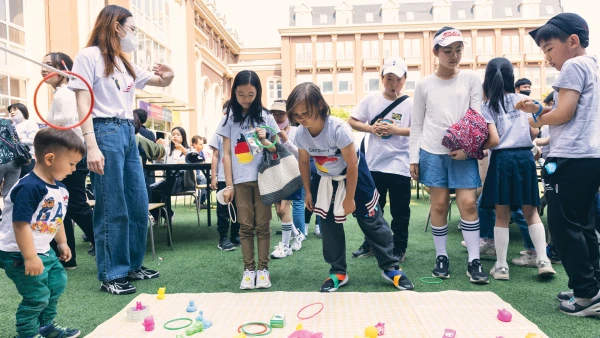
Co-curricular activities
Co-curricular activities offer students the motivation to learn, build confidence, develop their character, grow physically, and nurture their creativity. Students who are involved in co-curricular opportunities also become more invested—socially and academically—in their overall school experience.
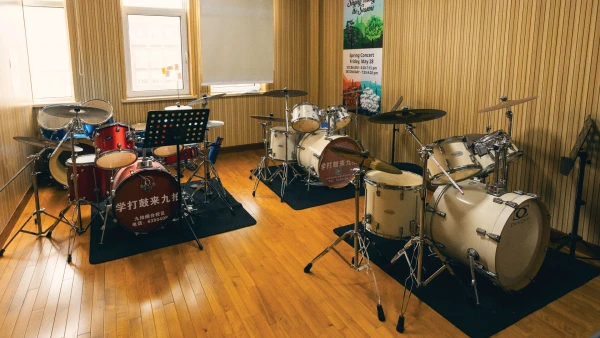
Spoilt for choice
For Grades 1–2, options for co-curricular activies include… Crafts, Coloring Project, Japanese Club, Food Art, English for Beginners, Beginner Chinese, Intermediate Chinese, Rollerblading, Drum (intermediate level) and Piano.
In Grades 3–5, the range of co-curricular activies changes to reflect students’ changing abilities and interests… Jewelry Making, Recorder Ensemble, Beginner Chinese, Intermediate Chinese, STEM Elementary, Soccer, Board Games, Baking, Rollerblading, Drum and Piano.
Our Elementary teaching team

Andy Lasiewicz
ECC & Elementary Principal

Renee Shi
Grade 1

Cherina Jiang
Grade 1

Nozipho Hlapolosa
Grade 2

Phoebe Qiao
Grade 2

Rachel Chan
Grade 3

Lydia Qiu
Grade 3

Loraine Pachai
Grade 4

Holly Dong
Grade 4

Suekoilya Dace
Grade 5

Elsa Zhou
Grade 5

Angela Ma
Fine Arts

Robert Xiao
PE

Jess Li
Fine Arts

Brook Liu
Well-being Counselor
Recognized for excellence

Yantai Huasheng International School is accredited by Cognia, the largest education improvement organization in the world—demonstrating our commitment to learners, teachers, leaders and communities.
Grow academically and beyond
Ready to receive the highest quality education in a warm, caring and encouraging community?